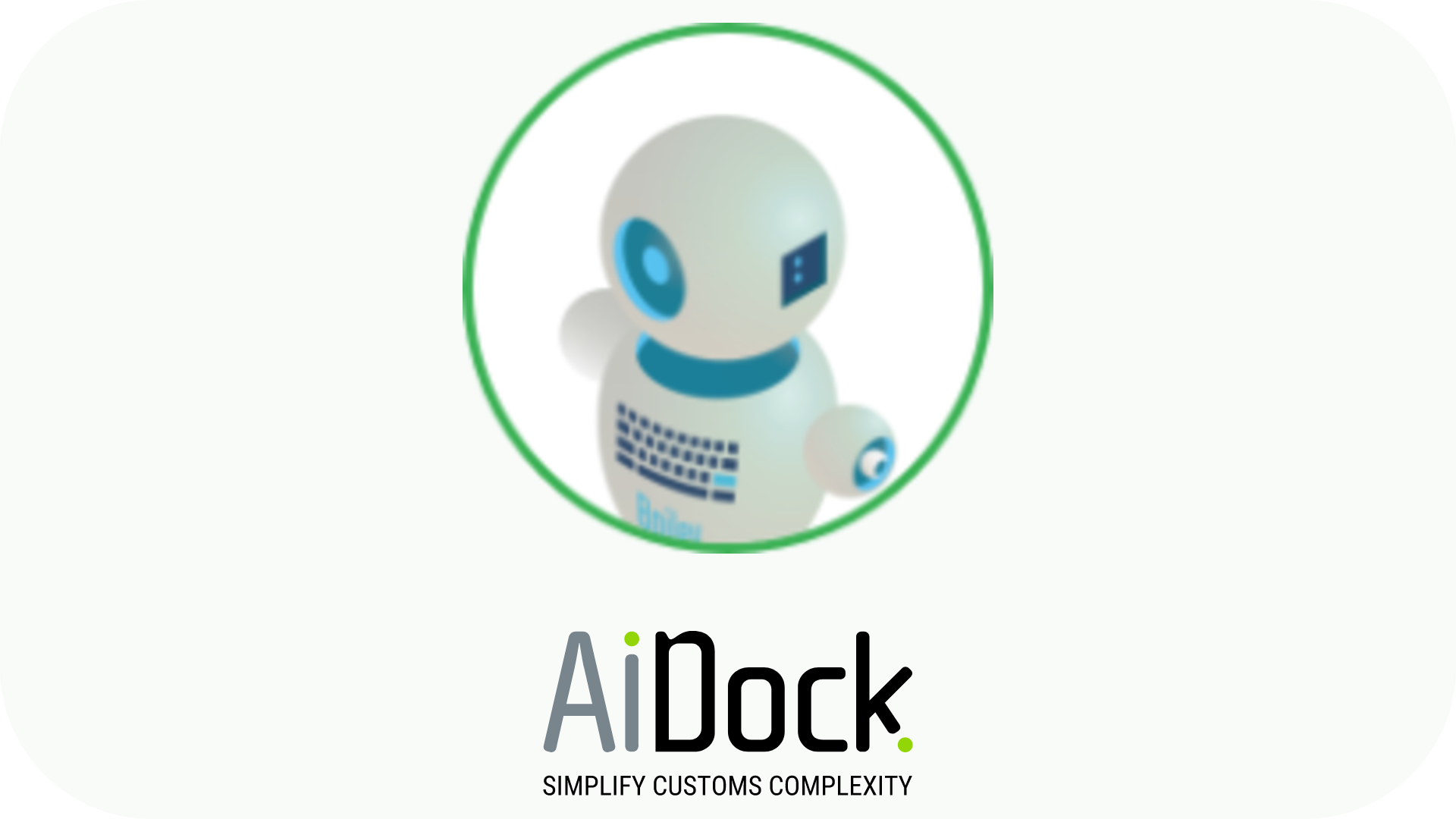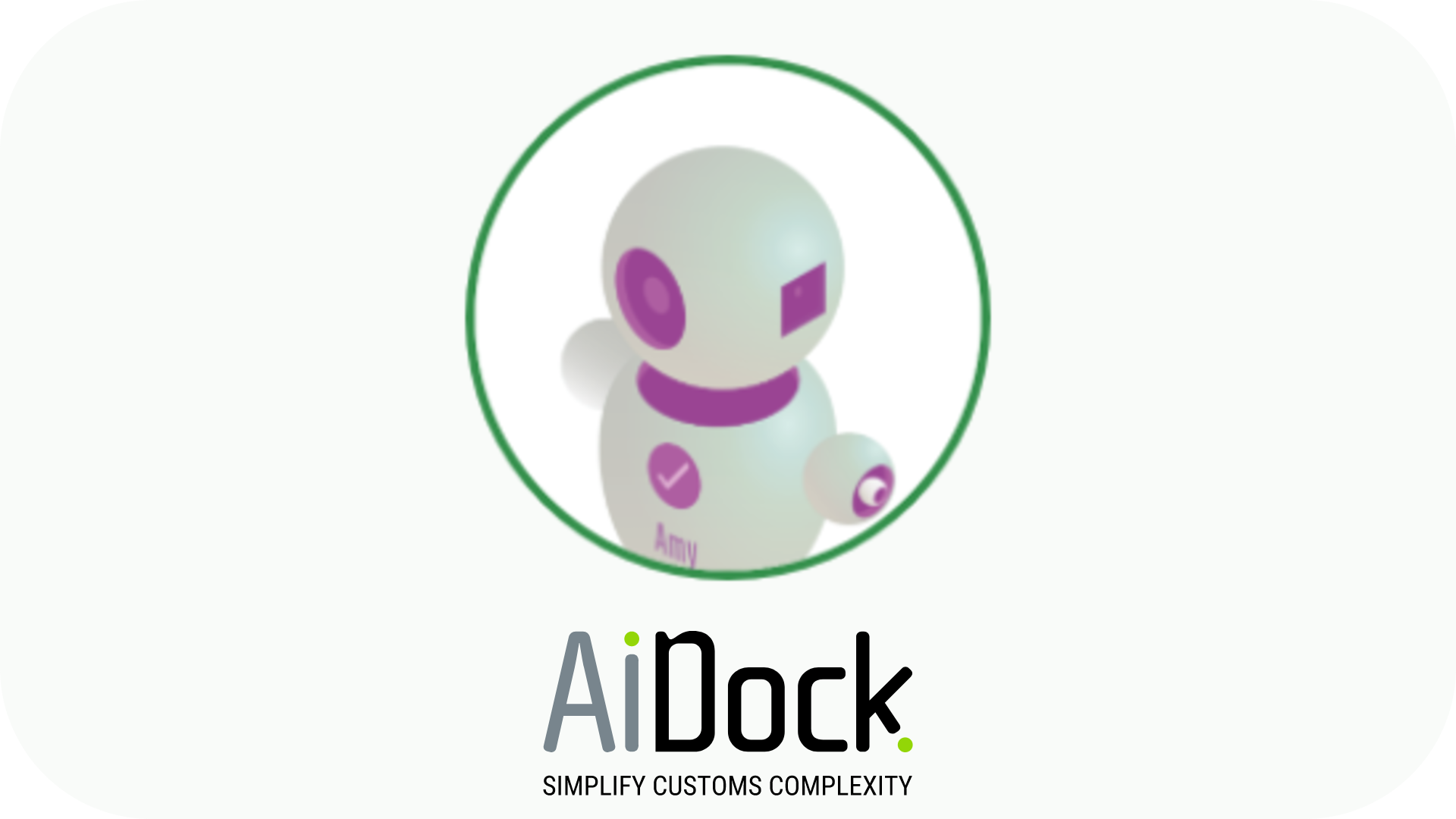AI technologies are reshaping the shipping landscape, offering unprecedented opportunities for efficiency, safety, and environmental sustainability. This article delves into the various ways AI is being used in shipping, highlighting its impact on operations, navigation, and the broader supply chain management.
Enhancing Operational Efficiency
One of the primary benefits of AI in shipping is the significant enhancement in operational efficiency. AI-powered predictive maintenance systems are a game-changer, analyzing data from various sensors onboard ships to predict equipment failures before they occur. This proactive approach to maintenance not only prevents costly downtime but also extends the lifespan of critical machinery. Additionally, AI algorithms optimize fuel consumption by analyzing weather conditions, sea currents, and vessel performance, enabling ships to plot the most fuel-efficient routes. This optimization not only reduces operating costs but also minimizes the environmental footprint of shipping operations.
Revolutionizing Navigation and Safety
AI is revolutionizing maritime navigation and safety by providing advanced decision-support systems. AI-driven navigation aids analyze vast amounts of data, including real-time weather updates, maritime traffic, and potential hazards, to assist in plotting the safest and most efficient courses. In situations of limited visibility or complex navigation scenarios, AI technologies can enhance the situational awareness of the crew, significantly reducing the risk of accidents.
Furthermore, AI-powered autonomous ships represent the frontier of maritime navigation. While fully autonomous commercial vessels are still under development, the technology promises to transform shipping by improving safety, efficiency, and reducing human error. These AI-guided vessels can operate 24/7, optimizing routes in real-time and making adjustments as conditions change, setting the stage for a new era in maritime trade.
Streamlining Supply Chain Management
AI extends its benefits beyond the vessels themselves, playing a crucial role in streamlining supply chain management. By analyzing data across the entire logistics chain, AI can forecast demand, optimize inventory levels, and enhance the coordination of cargo loading and unloading operations. This level of optimization ensures that goods are moved in the most efficient manner possible, reducing wait times, improving turnaround at ports, and ultimately, lowering costs for shipping companies and their clients.
Moreover, AI technologies facilitate real-time tracking and monitoring of cargo, providing stakeholders with up-to-date information on their shipments. This transparency is crucial for managing supply chains effectively, allowing for better planning and responsiveness to any disruptions.
Addressing Environmental Challenges
The shipping industry faces increasing pressure to reduce its environmental impact, and AI offers promising solutions. Beyond optimizing fuel consumption, AI-driven technologies can monitor and manage ship emissions, ensuring compliance with international environmental regulations. Additionally, AI can aid in the development of green shipping practices, from efficient waste management onboard to supporting the use of alternative, less polluting fuels.
The Road Ahead
As the shipping industry continues to embrace AI, the potential for innovation and improvement is vast. However, the adoption of AI also presents challenges, including the need for significant investment in technology, training for crew members, and concerns regarding cybersecurity. Moreover, the regulatory framework for autonomous vessels remains under development, requiring international collaboration to ensure safety and standardization.
FAQ
How does AI improve operational efficiency in shipping?
AI improves operational efficiency in shipping by employing predictive maintenance to foresee and prevent equipment failures, optimizing fuel consumption through route planning that considers various environmental factors, and enhancing cargo loading and unloading operations. These AI-driven optimizations lead to reduced operational costs, minimized downtime, and a lower environmental impact, thereby significantly enhancing the efficiency of maritime trade operations.
Can AI really make maritime navigation safer?
Yes, AI significantly enhances maritime navigation and safety. By utilizing vast amounts of data, including real-time weather conditions, maritime traffic, and potential navigational hazards, AI-driven systems provide advanced decision-support to ship crews. This helps in plotting the safest and most efficient courses, enhancing situational awareness in challenging conditions, and reducing the risk of accidents. Furthermore, the development of autonomous ships guided by AI promises to further improve safety by reducing human errors associated with maritime navigation.
What role does AI play in addressing environmental challenges in shipping?
AI plays a crucial role in addressing environmental challenges in shipping by optimizing routes and fuel consumption, thereby reducing greenhouse gas emissions. AI-driven technologies also monitor and manage ship emissions to ensure compliance with international regulations. Additionally, AI supports the adoption of green shipping practices, such as efficient waste management and the use of alternative fuels. These initiatives contribute to reducing the environmental footprint of the shipping industry, aligning it with global efforts to combat climate change.
AiDock
Meet Cody | Classifier
Identifying the correct & precise HS code will result in paying the appropriate duties – not more, not less – and adhering to regulation. Cody is the virtual HS code classifier, supporting customers to classify accurately, prevent frauds, expedite clearance & delivery and create a better experience for trade and consumers.




